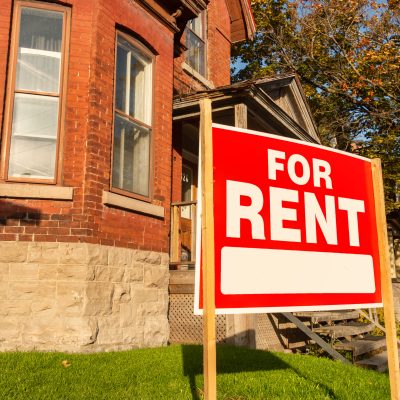Tackling ‘NIMBY’ fears key to WA’s innovative housing future

Joanne Peckitt, Communication and Stakeholder Engagement Coordinator
— Infill housing development is on the rise, but still below target —
— Numerous examples of good design and sustainability practice exist across Perth —
Addressing the ‘Not In My Back Yard’ concerns of neighbours early in the development process and flexible planning regulations are key to delivering innovative housing solutions for the future, according to a new book released by the Bankwest Curtin Economics Centre (BCEC) today.
The BCEC’s first book, Perth’s Infill Housing Future: Delivering Innovative and Sustainable Housing, examines planning, sustainability, technology and design issues that surround the state of Perth’s infill housing sector.
Urban infill developments are vital in delivering a significant proportion of housing required to meet future population growth in Greater Perth. These developments are typically characterised by greater housing diversity than traditional ‘greenfield’ developments on the urban fringe.
Editor Associate Professor Steven Rowley, from the School of Economics and Finance at Curtin University, said the book reveals the need for negative community attitudes to be tackled early in the development approval process.
“Residents who live near proposed infill developments tend to be worried about the impact on local traffic, parking and their own property values. These concerns can often be overcome by early and open discussions between the community and developers,” Associate Professor Rowley said.
The book also highlights the shift in the composition of Perth’s housing supply, partly in response to changing demand, but acknowledges more needs to be done to move away from the prevalent traditional, separate dwellings.
“Over the past few years, we’ve seen an increase in the rate of infill development, up six per cent between 2013 and 2015, but this varies dramatically across Perth. Infill development currently stands at 34 per cent, which is well below the State Government’s target of 47 per cent,” Associate Professor Rowley said.
“Between 2011 and 2016, there was a slight reduction in the proportion of new housing made up of separate dwellings, indicating an increase in the number of medium and high density developments such as units and apartments.
“We expect this trend to continue, as more households seek affordable opportunities in central locations – close to quality amenities including transport links. However, this requires a change from the traditional Perth model of greenfield development to an increase in medium and higher density housing options.
“State and local governments need to deliver the conditions necessary to attract private investment in infill development. Development opportunities arising from Metronet have the potential to deliver precinct-type developments and a range of infill housing options if planned correctly.”
Co-editor and BCEC Deputy Director Professor Rachel Ong ViforJ said the book also explores the sustainability and environmental costs and incentives of infill housing.
“Developments that rely heavily on household car use have a far greater environmental impact than those that cater for walking, cycling or public transport,” Professor Ong ViforJ said.
“It is essential that new housing developments work with existing and future public transport hubs, encouraging walking and cycling, and improving liveability and sustainability outcomes.”
Associate Professor Rowley added: “Sustainability features within dwellings themselves such as solar power and water efficiency measures will eventually become expected by consumers and will reduce running costs and positively impact on housing affordability.
“Perth has already demonstrated how it leads the way in many aspects of sustainability and this book provides a number of examples to support this claim.”
Key findings from the book include:
Perth’s Shifting Housing Structure
- Perth is witnessing a shift in its demographic structure and in its housing demand. Net rates of infill development have increased in recent years from 28 per cent in 2013 to 34 per cent in 2015, but they are still well below the State Government’s 47 per cent target.
- There has been a change to the Greater Perth housing stock, with a two per cent reduction in the proportion of separate dwellings between 2011 and 2016.
- More households are looking for central housing opportunities that offer access to job opportunities and a high level of amenity.
- Perth needs to shift from a piecemeal, owner-developer infill approach, towards development on a much greater scale, and it remains to be seen whether the Metrohubs strategy will assist with this delivery.
Community Engagement and Planning
- Genuine and early community engagement delivers better planning outcomes.
- Successful community engagement should include tackling negative attitudes such as concerns towards population growth, future residents and users of developments, and the fear associated with a changing socio-economic characteristic.
- Flexible planning regulations are needed to accommodate innovative housing solutions.
Technology and Design
- Innovations in design and technology are critical for developing sustainable, innovative and diverse housing.
- Technological responses such as off-site manufacturing facilitated by digital process improvements can help to minimise disruption, improve design and speed up project delivery.
- The use of visualisation, social media and information technology can bridge the gap between good design and successful infill outcomes.
Economic Costs
- New developments in outer suburbs require greater infrastructure investment than infill projects.
- These economic costs are often hidden and absorbed by end consumers and local taxpayers.





